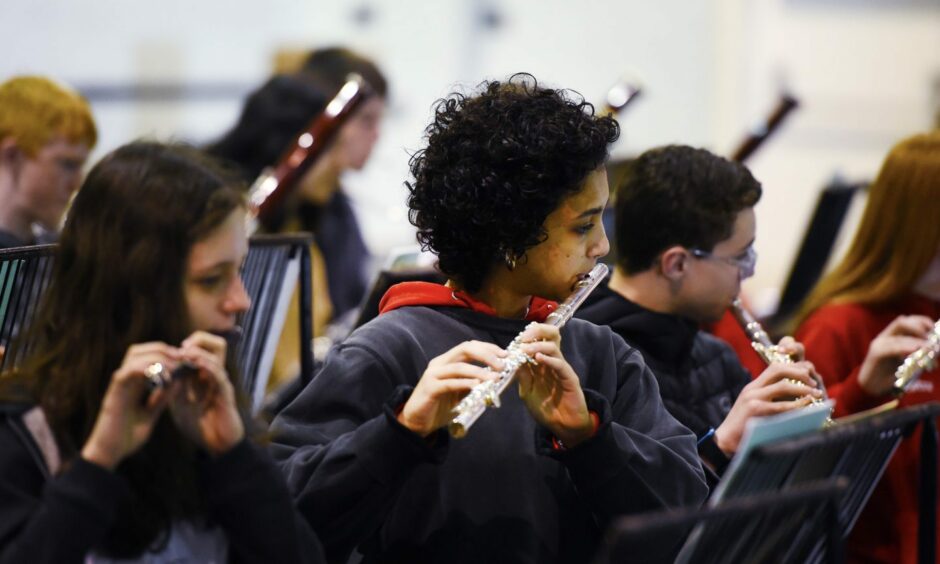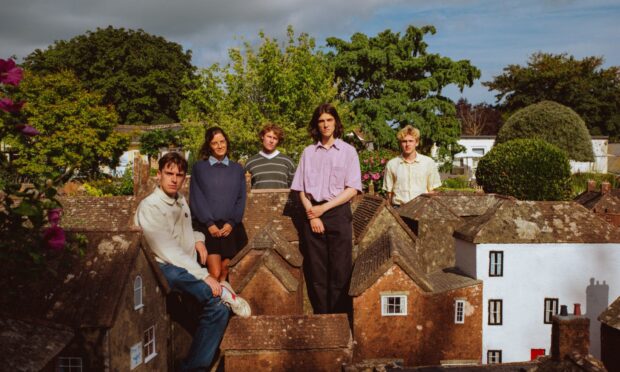The start of the school holidays marks a time when the brightest young musicians in Scotland assemble for a period of intensive study and rehearsal.
Last Friday in the Perth Concert Hall they presented a thoroughly enjoyable concert to show off the results.
The National Youth Orchestra of Scotland now fields a Junior Orchestra of school-age players, the youngest of whom are, it seems, only eight. This concert was clearly an event that was thoroughly enjoyed by the players, who will have gained enormously from the experience.
Under the expert and enthusiastic guidance of conductor Natalia Luis-Bassa they succeeded in giving hugely accomplished accounts of three demanding works which were lapped up by the audience.
The concert began with the Intermezzo from Puccini’s third opera, Manon Lescaut. This is every bit as accomplished as its famous predecessor from Mascagni’s Cavalleria Rusticana – composed three years earlier, and clearly Puccini’s model.
An evening of gorgeous melodies
The long-breathed string phrases foretelling the tragic ending were played with excellent emotional control, beautifully expressed by these young players.
The central item was the familiar First Violin Concerto by Max Bruch. In this, the soloist was a superb violinist who herself began playing with the band at the age of eight, working her way up to the leader’s desk in 2017.
Since then, Iona McDonald has continued her studies in London. Her performance was confident and beautifully controlled. The conductor ensured a lovely sense of drama in the outer movements, while moulding the soulful slow movement in expert fashion.
This substantial programme, lasting just over an hour, ended with a highly demanding test of the orchestra’s abilities.
This was three movements from Borodin’s Second Symphony. He is one of the most important Russian composers before Tchaikovsky and it seems astonishing that this wonderful symphony is so rarely played by our professional orchestras.
This work is full of gorgeous melodies, some of them sounding like folk tunes, and there were plenty of solo opportunities for the woodwind, particularly horns, and the brass. The rousing finale allowed the entire band to join in bringing the concert to a triumphant conclusion.
Was there anything to quibble about, with what was a generally inspiring event?
Excellent show of strings, wind and brass
There were occasional issues with balance. Some eighty-nine players were listed. There was an excellent complement of wind, brass and percussion players, all making an excellent contribution.
The difficulty lay with the strings, where there were thirty-five violins. There were a dozen cellos and four basses, but the cellists were largely young and perhaps lacking in power.
However there was an acute shortage of violas – only five – and those factors did seem to result in a lack of body in the centre of the string sound.
That is not something that can be helped if the players are simply not available. Likewise, it is noticeable that the vast majority of the players are based in the central belt, where classical music in performance is more readily available than in the outlying regions.












